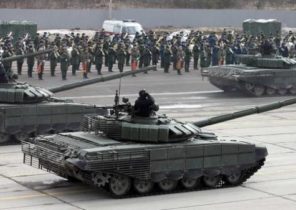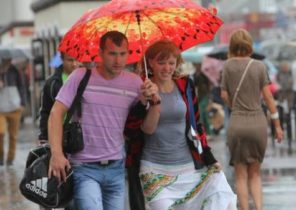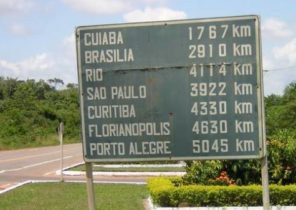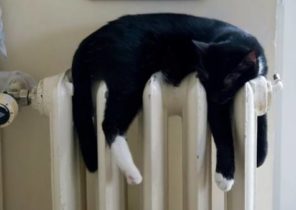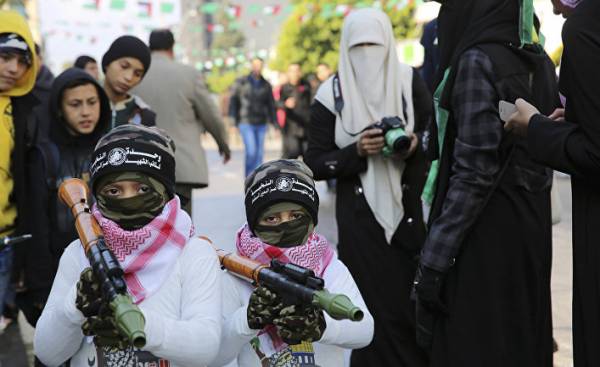
The United Nations is once again sounding the alarm to attract the attention of the international community to the suffering of the Palestinian population in the Gaza strip, warning that the area is under Israeli blockade for more than ten years, may become uninhabitable.
The Israeli blockade that began after the Islamic resistance Movement (Hamas) came to power in Gaza, has led to a significant decline in living standards, quality of services of health, education, power and deterioration of fuel. So, for example, about 70% of homes in Gaza periodically be cut off from electricity. In addition, the sector suffered the devastating military aggression by Israel in 2006, 2008, 2012 and 2014, which worsened the already difficult situation. However, despite this, the people of Gaza are patient and firm.
Uninhabitable
The UN report published in 2012 warned that the Gaza strip, which is home to more than two million Palestinians, could become uninhabitable by 2020, if not efforts will be made to ease the embargo.
According to the coordinator UN for humanitarian aid and development Palestinian territory Robert Piper, everything indicates that the situation is moving in the opposite direction.
In the statement which he made in occupied Jerusalem after the publication of the report on the situation in Gaza, he said: “a Few years ago based on a group of indicators, we predicted that the Gaza strip will become uninhabitable, but the situation is deteriorating much faster than we expected.” In particular, he mentioned about the restriction of supply of electricity to the people of Gaza two hours per day, that less children, women and members of other disadvantaged populations (e.g., cancer patients) have access to health services and that the level of youth unemployment is approaching 60%.
The UN representative said that the situation in Gaza is worse than required by the minimum acceptable standards of living, stressing that to date, however, the people of Gaza “continue to move forward,” despite all the difficulties.
Electricity
The Israeli occupation authorities announced that it would cut electricity supplies to the Gaza strip for 45 minutes a day, which means that the locals will get electricity at best for three or four hours a day.
Amnesty International has warned that the occupation authorities have decided to reduce electricity supplies to the Gaza strip can have disastrous consequences for the local population, which for ten years has suffered the devastating Israeli blockade. In addition, it also will negatively affect the already devastated infrastructure in Gaza and will create catastrophic conditions in the field of public health.
This measure will also jeopardize the lives of thousands of people, including patients with chronic diseases or patients in intensive care, and including children who need medical care to sustain its life.
The organization emphasizes that within ten years the blockade illegally deprived Palestinians in Gaza of their rights to basic living needs. In particular, in connection with the illegal blockade and brutal wars waged by Israel against the Gaza strip has dramatically worsened the humanitarian situation and the situation in the economy.
As Amnesty International argues, the electricity cuts to the Gaza strip threatens to turn the current situation in this region to a real humanitarian catastrophe.
After to power in Gaza it’s Hamas, the Israeli occupation authorities tightened the siege on Gaza and declared it a hostile hearth. Were closed at border crossings, which does not allow Gazans to leave Gaza and return. In addition, the Gaza strip was forbidden to deliver food goods beyond what is necessary to locals for minimum consumption. Israel threatened to stop supplying Gaza with fuel and in addition continues daily attacks on Palestinian fishermen and farmers to prevent their obtaining a livelihood.
According to UN estimates, the Gaza strip amount to more than a thousand trucks a week. To meet the basic needs of residents, in particular, need 625 trucks of food aid and medical supplies and 275 trucks with other necessary goods. About 80% of the population in Gaza depend on humanitarian aid provided by middle Eastern UN Agency for assistance to Palestinian refugees and works (UNRWA), as well as several other local and international institutions.
The Rafah border crossing
Until now, the Israeli occupation authorities are leading the blockade of the Gaza strip, which continues amid international silence and unjustifiable lack of international prosecution against the Israeli occupation and Israel committed crimes. The situation is aggravated by the split between Palestinian factions, which also has serious consequences for the people of Gaza.
Does anyone know WHEN are going to open #Rafah border??? #Gaza #GazaUnderSiege #Palestine #Occupation #Genocide pic.twitter.com/qjJxmnLw8D
— StopIsraelOccupation (@JFalasteen) June 26, 2017
Who knows when they will open the border crossing in Rafah?
We should not forget about other factors that exacerbate the effects of the blockade and the situation of human rights in Gaza. It is, above all, regular and prolonged closures of the border crossing of Rafah, the only crossing, which links Gaza with the outside world, and about the destruction they built underground tunnels.
The tragic nature of the situation is enhanced by the backdrop of rising unemployment and poverty among the inhabitants of Gaza, while the need for jobs is constantly increasing, and government agencies, non-governmental organizations and UNRWA are unable to meet the minimum requirements in the labour market. You should consider the fact that more and more young people graduating from educational institutions, including higher education, but they are forced to join the army of unemployed. All this leads to the fact that the situation in the socio-economic sphere increasingly takes on the nature of the disaster.
It should be noted that in the Gaza strip, the area of which does not exceed 362 square kilometers, is home to about two million Palestinians, making it one of the most densely populated regions in the world. In fact, it is even less space available, since Israel cut off from sector 87 square kilometers, about a quarter of the whole of Gaza as a buffer zone, and everyone who works there or agriculture, is at risk of being killed.
There is no doubt that the idea of the suffering of Gaza’s population, expressed in the language of numbers, only confirms the scale of the disaster that it faces today. The Palestinians cannot continue to live in such conditions, especially when you consider that the situation is constantly deteriorating factors of this process are permanent, only doubling their suffering. Occupation, division and silence of the international community are still ongoing and with all the ferocity plagued by the wounds of the locals… Despite the gloomy and pessimistic picture, despite the fact that Gaza is under siege since the destruction of tunnels in Rafah, the closure of border crossings, cutting off supplies of fuel and even a power outage for a long period of time, the spirit of the Palestinians remains steadfast, and their hearts are full of life.


